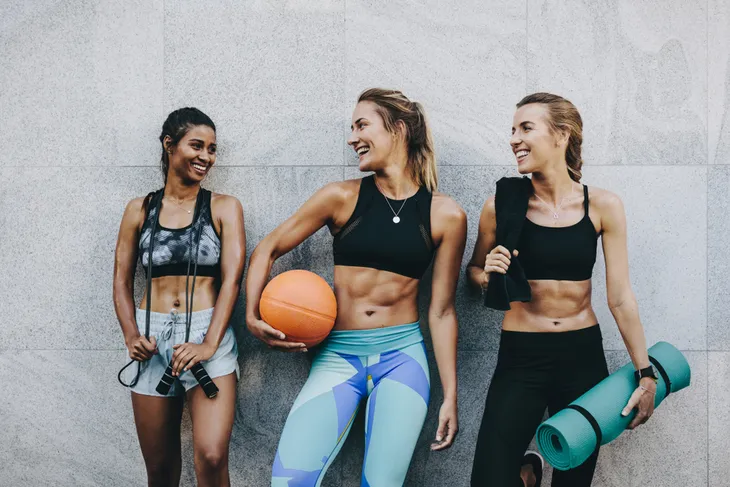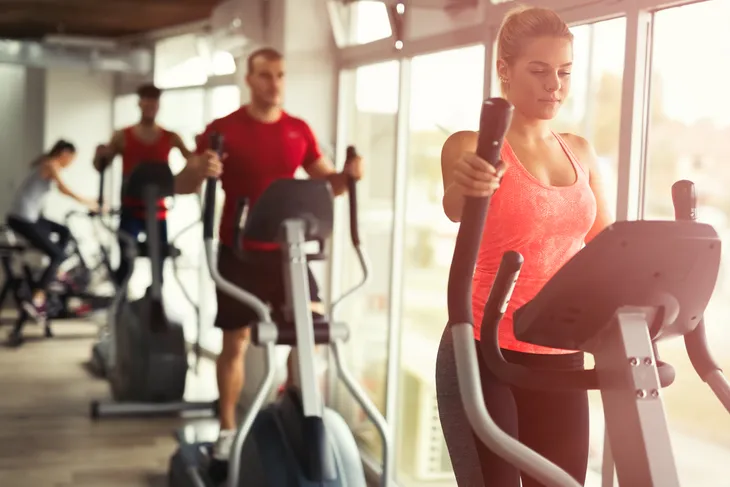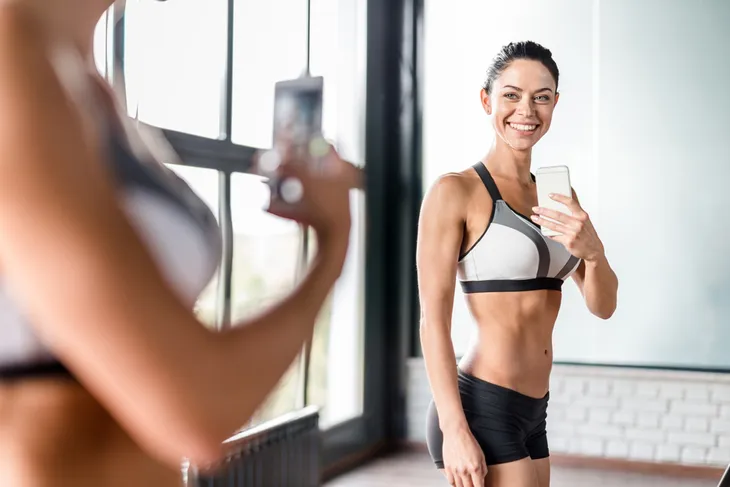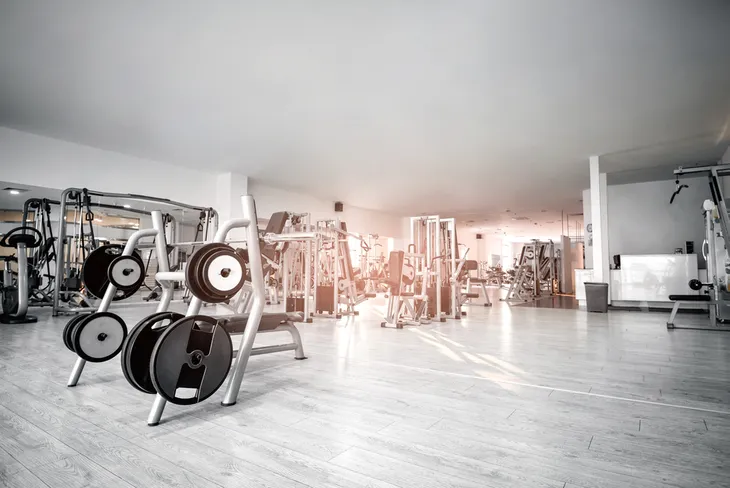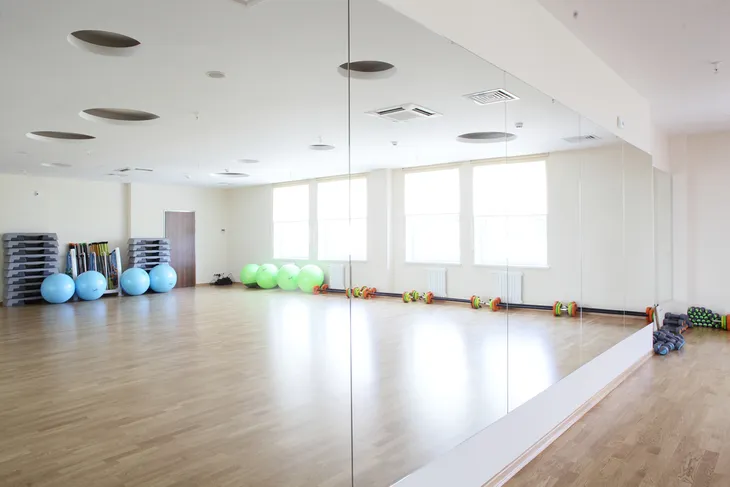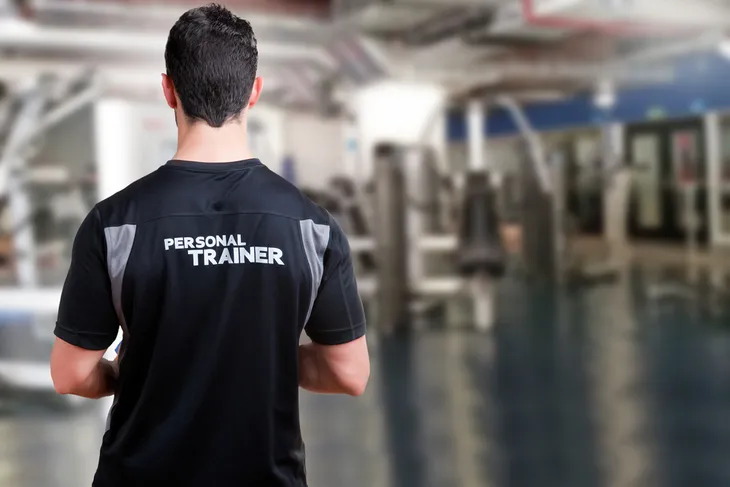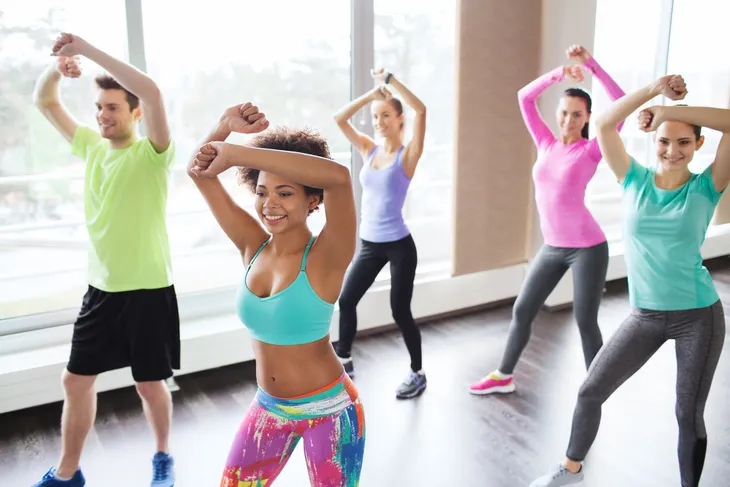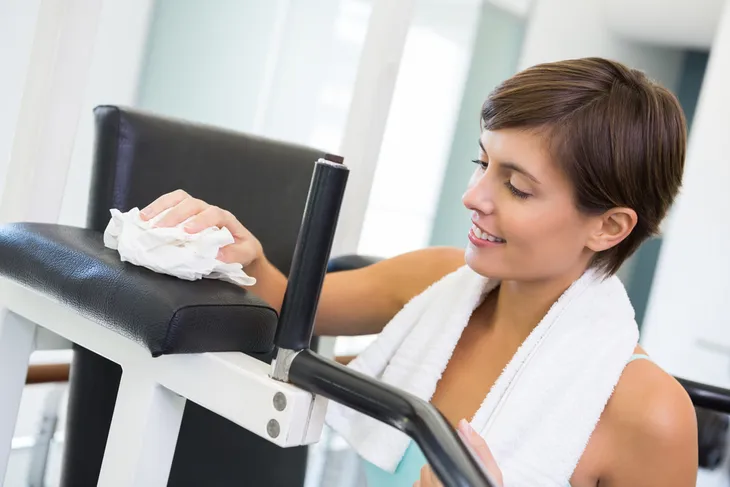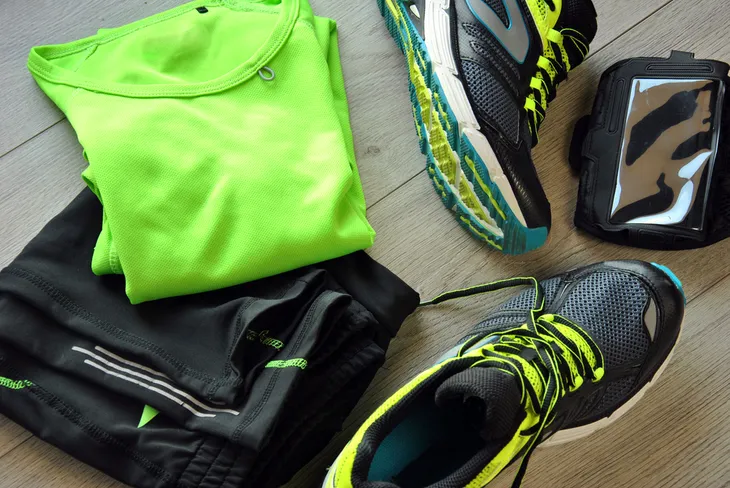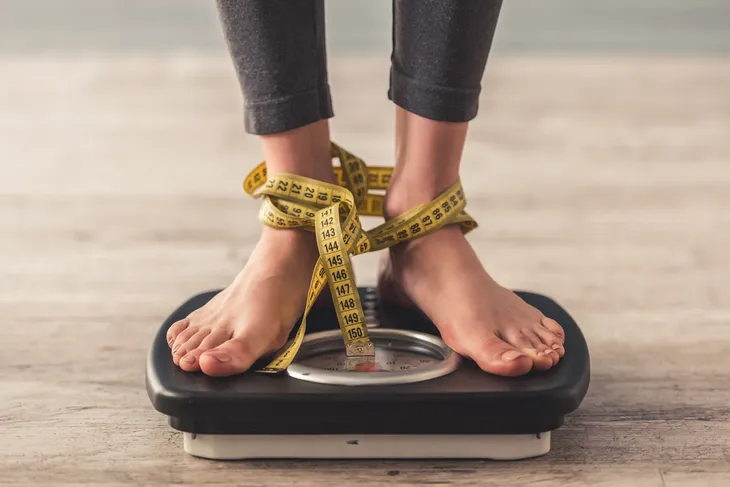For those that have a passion for exercise and love the high that only an intense fitness class or resistance training session can deliver, it is hard to fathom that others may cringe at the idea. It’s a fact that most fitness centers not only cater to a specific population of people, but also have a high rate of exercise dropout that could be reduced by making a few adjustments.
To help build clientele, and not lose them to “gymtimidation”, it is important to consider the following reasons why people may decide to stay or go…
1. The Clothes
Workout gear has come a long way since the gym shorts and cotton T-shirts. Not only can we look crisp and clean while we sweat, we now benefit from the technology of the fabrics (i.e., the sweat gets pulled into the fabric and away from the skin). Today we can purchase fitness gear to match our activity, our personality, and the color of our iPod…but what effect does all this flash have on those wanting to join in?
Many exerciser wannabes believe they have to get fit or lose a few pounds before joining a gym. Combine this with fitness clothing that fails to cater to larger sized bodies and the result is less than inviting. Hanne Blank, the author of The Unapologetic Fat Girl’s Guide to Exercise and Other Incendiary Acts highlights the importance of finding exercise clothing that is comfortable, but underlines the challenge many have finding supportive gear for bigger bodies.
2. The Equipment
When examining the psychology of color, it is noted that black relates to control and power. Black intimidates, is unfriendly, and unapproachable when compared with the other colors. So if this is the case, why would fitness facilities chose exercise and resistance equipment that is drenched in chrome and black upholstery?
In addition to color, many of the latest pieces of exercise equipment look more like medieval torture machines and can add to the intimidation of the novice exerciser. Before joining any gym, be sure to check out the availability of instruction and signage on how to use each machine. In addition, most resistance machines cater to the thinner body and are not structured to fit an overweight or obese client (ironically enough).
3. The Classes
In the beginning, group exercise included a record player, leg warmers, and a repertoire of questionable (yet hilarious) exercises. Who could forget the donkey kick?Today we are able to enjoy the classics (i.e., step aerobics) and some new and exciting additions (i.e., group cycling, CrossFit, and kettlebell training). Unfortunately, many of these classes have the tendency of scaring off the newbie exerciser.
It is not uncommon to see the experienced exercisers in the front of the class and the new participants hidden in the back. It is important that the leader be welcoming and provides proper instructions on the movements, techniques, and expectations. Should the beginner be overlooked and not given the appropriate instruction, they may limp out of their first fitness class never to be seen again.
4. The Mentality
Although times are changing (albeit slowly), there continues to be a “go hard or go home” mentality to exercise that can scare the spandex-lycra off of any new gym-goer. Although research has strongly suggested that moderate exercise of 30 minutes is all we need for good health, personal trainers and fitness leaders, alike, may have higher expectations. Roberta Sassatelli, a researcher in the area of fitness and gym culture, suggests that the fitness centers have been places to sculpt, firm, and shrink the body. This leads clients to view body fat as “deadweight” suggesting lack of discipline and gluttony.
There continues to be strong influences in gym culture related to creating the perfect body in addition to gender-specific practices (i.e., women get small while men get bigger). If one is not resilient or able to challenge the belief that a thin body is a healthy body, there is a potential of body image issues, exercise abuse, and eating disorders. Moreover, should one place a high value on body changes that do not come, the potential of dropout goes up.
5. The Entrance
So what does a fitness facility entrance have to do with welcoming and including new exercisers? Everything! Cameron, Wharf-Higgins, and Lauzon published a study examining fitness culture and novice exercisers and found that feelings of discomfort and intimidation began as soon as walking through the front doors.
From the loud music to the white noise of cardio equipment and clanging of weights, it may take a potential member some courage to even enter a fitness facility, let alone exercise in one.
6. The Mirrors
Mirrors in a fitness facility are absolutely necessary, but do pose an interesting conundrum. Although they are important to help us correct for form and technique, they also serve as a huge barrier for those new to exercise. Pirko Markula, a professor of sociocultural studies of physical activity at the University of Alberta, states that exercising in front of mirrors can reduce the psychological benefit of physical activity.
The use of mirrors can cause us to scrutinize our image as we negative assess our arms, legs, belly, and the like. Some research has suggested that exercising in front of a mirror can lower a woman’s feelings about herself while increasing negative feelings, like anxiety. In addition, working out next to those in revealing (fitness) clothing can increase our level of social physique anxiety (anxiety related to our appearance).
7. The Staff
For a middle-aged man or woman to gather the nerve to take the next step and join a gym, it adds insult to potential injury to have a limited choice in trainer or fitness leader. To bring in a diverse membership, fitness clubs must offer a diverse team of trainers. Let’s face it, no 50 year old woman wants to embark on a new fitness program lead by 20-something, bubbly, bouncing, blonde.
Research has suggested that novice participants will stick with their exercise program or fitness class more if the fitness instructor shares similar physical traits with them. For example, it is motivating for many overweight or obese exercisers to see fitness leaders with similar body types performing high-energy activities.
8. The Noise
When considering the appropriate volume level of music in a fitness class, there should be guidelines in place (in theory) to help prevent hearing loss. Unfortunately, many fitness facilities do not police volume levels due to participant demands. As any aerobics instructor can attest, motivation and energy can be drawn from that loud, beaty music that keeps many fitness newbies away.
It is important for ear health to consider the level of music in our fitness classes so we don’t have to purchase our first hearing aid before 50. In addition to music volume, the harsh clang of dropping weights combined with the din of exercisers and fitness equipment can also play a role in exercise dropout.
9. The Rules
Fitness culture is like any other culture if we take into considering the rules and regulations of training in large groups. What’s more, many of these rules of engagement are not emphasized in the signage within the facility. This leaves the poor novice exercise open to the rude and frustrated comments that come from fellow members.
Rules such as resting on equipment and wiping down each machine after use, need to be displayed and reviewed when we join a gym to save us from a disgruntled member. Additionally, such rules of use and engagement can be overwhelming to the new member and something to keep in mind when joining or working out in fitness facilities.
10. The Dress Code (or Lack Thereof)
Many years ago, the University of Victoria made a move to help reduce feelings of anxiety and negative body image in their gyms and fitness centers. They altered the dress code to only include t-shirts, and appropriate workout tights, shorts, and pants. While many students and other users complained, the feelings of inclusion and overall welcoming of new exercisers increased. Let’s face it, it isn’t necessary to work out in a bra top and short shorts (and certainly not welcoming to all body types).
Since then, other facilities have joined in and created dress codes that allow for people to work out comfortably and safely while promoting a welcoming environment for everyone. Research has noted that exercisers wearing skimpy, revealing, fitness clothing can add to a level of intimidation of those starting exercise for the first time. In addition, revealing clothes can add to a sexualized environment and one that may not feel safe for others.
11. The Beliefs
In the 1980s and 90s it was believed that if one merely performed 100 sit ups a night one would obtain a sexy six-pack and flat stomach. This myth, known as “spot reducing”, was quickly dispelled thanks to the efforts of exercise science.
Today, there are many exercise beliefs that we continue to cater to that may lead to a higher rate of exercise dropout than those of the past. The belief that a thin body is a healthy body is a myth that we continue to cling to and that drives many of us to join gyms and diet programs in the name of health. In fact, the research could not be more clear, we can be overweight and healthy if we combine healthy eating with physical activity.
12. The Sell
Just like many things, the buyer must beware when making the decision to purchase a gym membership. Many facilities will sell us a basic membership only to later uncover the many additional costs to participate in specialty classes or use specific areas of the facility. Moreover, many private clubs have taken to selling nutritional supplements that are not only unnecessary, but could be hazardous to our health and well-being.
The important thing to keep in mind, should we decide to take the plunge and join our local gym, is asking the right questions before signing on the dotted line. In addition, be very critical when offered a supplement for fast weight loss or leaner muscles. If it is sound, research based advice, it will always side on whole foods rather than a tub of powder for $60 a pop.

